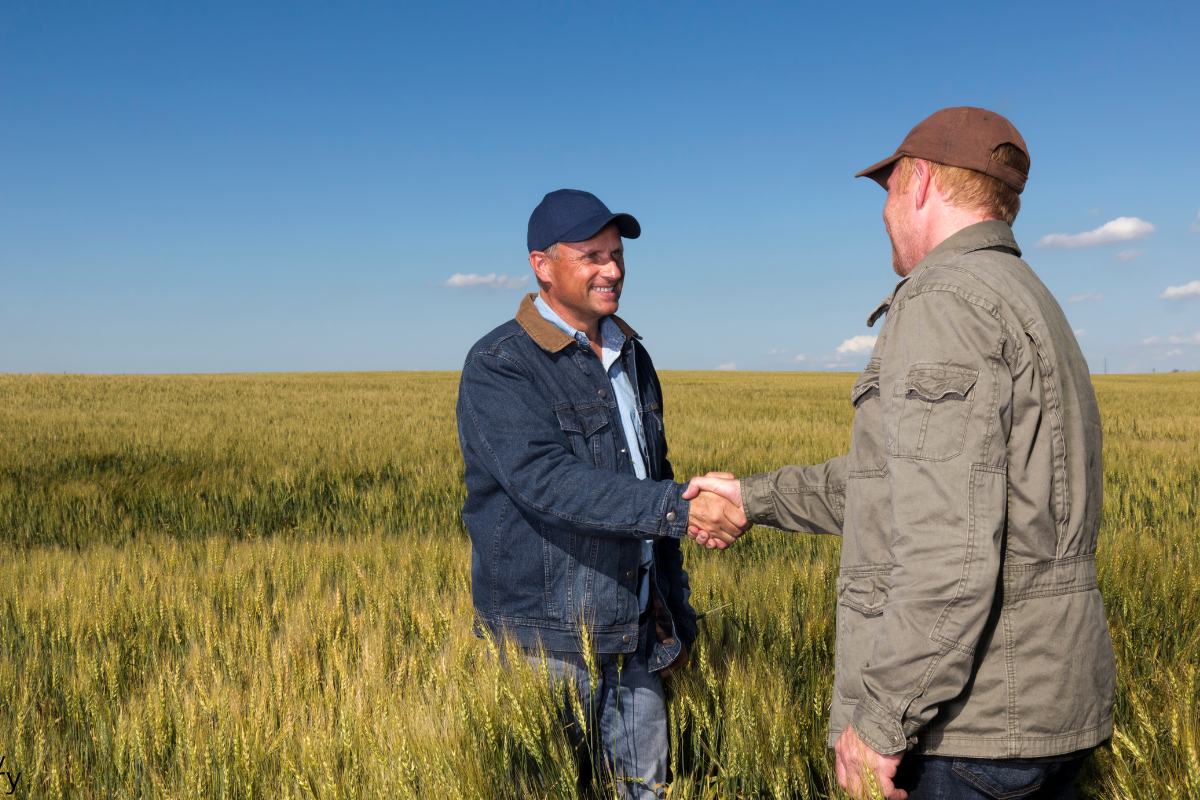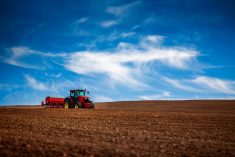Kim McConnell has spent a lifetime exploring why you buy what you buy, and why you think what you think. As a farmer himself and as strategic adviser with AdFarm, McConnell can claim at least as much insight into what actually influences farmers — in contrast to what merely interests you — as anyone else in the country.
Public relations companies track these trends and use them to build strategies for supply companies. It’s their business to know and quantify what influences you.
It helps that McConnell understands his own influence too. Often working under the radar, McConnell has quietly flexed his significant sway throughout Canadian agriculture in a large strategic network of agri-business, retailers, politicians, and farmers.
Read Also

Are you ready for farm succession?
What motivates some farmers to make a succession plan while others don’t seem worried.
To learn more, associate editor Maggie Van Camp conducted a wide-ranging interview with McConnell about influence, and how influence on the farm is changing. Condensed and re-structured, here’s what she heard.
What influences farmers?
Farmers trust their own experience the most. Over the years many organizations have conducted research on this topic.
Farmers respect and are swayed by neighbours and friends too. While this group is still very important, I suspect it’s becoming less important today than it was a few years ago.
Retailers can be key resources too, depending on the individual. Farmers also listen to manufacturers — especially researchers and engineers — but sales and marketing people are becoming less influential.
Third-party influencers such as consultants, extension staff or media can also be significant, depending on the trust and respect earned by that individual.
Peer groups are also gaining influence, especially with the larger producers.
What’s the biggest change you are seeing?
The demographics of the audience have shifted in the last decade or so. Historically, farmers could be charted with a typical bell-shaped curve, with a limited number of small farmers, a large group of medium-sized farmers, and a small group of large farmers.
Today, in most situations, it’s a U-shaped curve with more large farms, relatively few medium-sized farms and many smaller farms.
When this happens, many of our clients’ marketing activities are focused on the limited number of larger farms that control the majority of acres.
How important are neighbours?
Influence and credibility go hand-in-hand. Influential people are very credible individuals within their field of expertise.
On issues like production practices and tools, local data has a considerable advantage. However, on issues like marketing and business management practices, influence and credibility travel beyond geographic boundaries.
How are leaders changing?
The building blocks of strong leadership aren’t going anywhere. Credibility, personal experience, understanding and respect still top the list.
However, our leaders have evolved. Younger farmers are developing greater credibility and influence, especially in marketing and technology. Also, women are considerably more respected and influential, both as operators and as influencers to farmers.
There’s also been a change in what they’re talking about. Risk management and the bottom line are the focus today. Products and approaches that reduce risk and enhance margins, and leaders who speak this language, are commanding more respect.
Everyone responds well to new products and services, but today’s farmers are also interested in approaches that take different avenues to overcome challenges. For example, there’s a surge in suppliers getting involved in joint ventures with farmers rather than simply selling a commodity product.
What farmers will have the most influence 10 years from now?
Credible leaders with personal, hands-on experience will continue to garner the respect of their peers going forward. That said, though, we can expect a few things to change.
Size alone does not make you better or more influential, but size will likely offer opportunities for greater influence. Scale of farms will continue to play a role in who attracts the focus of manufacturers, retailers and even politicians.
Consultants will continue to grow in both popularity and power and some peer groups will also wield more influence.
How will we find the farmers who will lead us?
The best leaders in the past have also been great communicators, especially orators. Communications will continue to be important.
Now, however, the ability to write a short, crisp email or text may be as powerful as being able to deliver a great speech. Communication technologies allow for larger networks and access to knowledge more easily and quickly.
Our future leaders will be extremely well connected to farmers and beyond. Their connection base will span politicians, manufacturers and geography.CG














